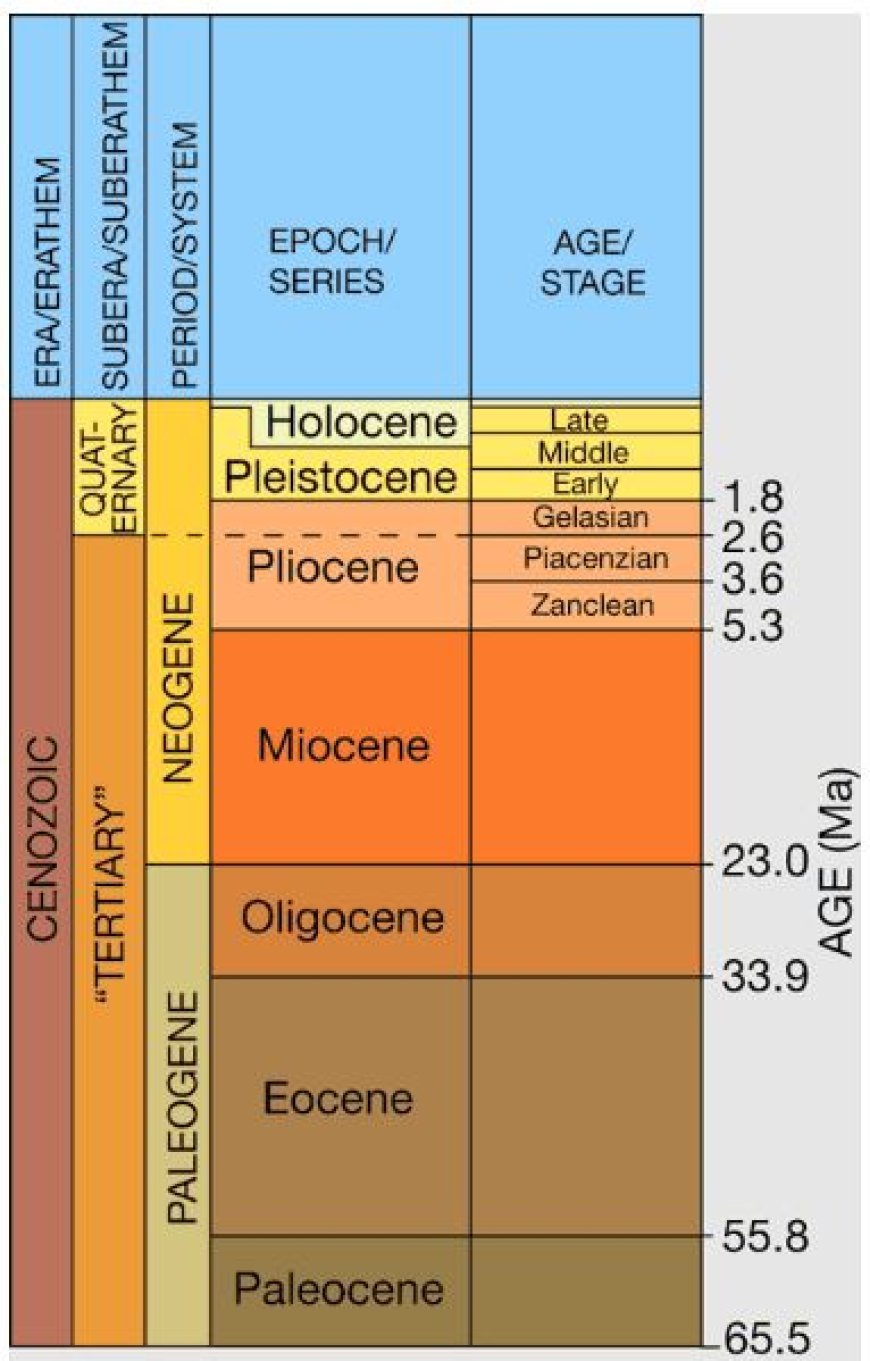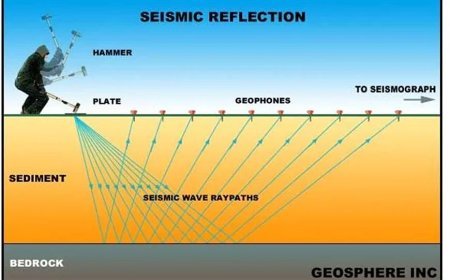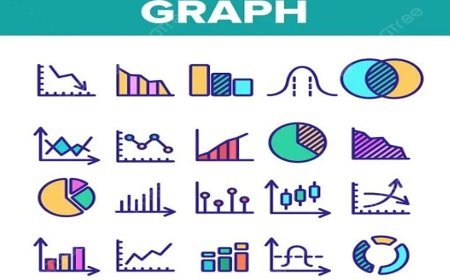TERTIARY AND QUARTERNARY FORMATIONS
Delve into the Tertiary and Quaternary periods of India's geological history and learn about the significant events and processes that shaped the country's landscape.

Tertiary and Quaternary Formations
- To learn about Earth's geological past, we need to look at the different rock forms that have formed over millions of years.
- The quaternary and tertiary periods are two of the most important of these natural times.
- A Quick Look at the Geological Time Scale
- Geologists use the Geological Time Scale to show when events happened and how they relate to each other throughout Earth's past.
- Parts: Eons, eras, periods, epochs, and ages are the different parts of geologic time.
- Tertiary Period
- Between 66 million and 2.6 million years ago, the tertiary period took place. In the Cenozoic Era, it happened.
- Between 66 and 56 million years ago, during the Paleocene Epoch, mammals began to appear after the dinosaurs.
- The Eocene Epoch lasted from 56 to 34 million years ago and is known for the formation of current plant and animal families.
- From 34 to 23 million years ago, during the Oligocene Epoch, there were big changes in the climate and plants, which made more fields.
- Mammals and birds evolved even more during the Miocene Epoch, which lasted from 23 to 5.3 million years ago.
- The Paleocene Epoch, which lasted from 5.3 to 2.6 million years ago, was a crucial period in the development of hominids and modern environments.
Major rock formations
- The Tertiary period is when big mountain ranges like the Himalayas and the Rockies were formed.
- Sedimentation: Rivers and seas dumped sediments on fields and deltas, making them rich and fertile.
- Basin Formation: During the Tertiary period, large basins were also formed. These basins were important for logging silt and fossil fuels.
- Quaternary Period
- The quaternary period lasts from about 2.6 million years ago to the present day. Additionally, it belongs to the Cenozoic Era.
- The Pleistocene Epoch lasted from 2.6 million years ago to 11,700 years ago and was marked by repeated glaciations and the first people.
- The Holocene Epoch extends from 11,700 years ago to the present day and is characterized by the growth of society and major changes in the environment, such as global warming.
Geological Events of Note
- Glaciers: During the Pleistocene, there were several ice ages that changed the landscape by making lakes, rivers, and till layers.
- Changes in Sea Level: During the Quaternary, changing sea levels had an effect on environments and coasts around the world.
- Extinct Animals: Many big animals went extinct at the end of the Pleistocene, most likely because of changes in the climate and human activity.
- Importance of Tertiary and Quaternary Formations
- Learning about climate change: studying these times helps us learn about how the climate has changed in the past and what effects they had.
- Fossil Record: These time periods have a lot of fossils that show how life on Earth has changed over time.
- Natural Resources: Tertiary and Quaternary rocks are very important for understanding coal, oil, and freshwater reservoirs, which are all natural resources.
What's Your Reaction?


































